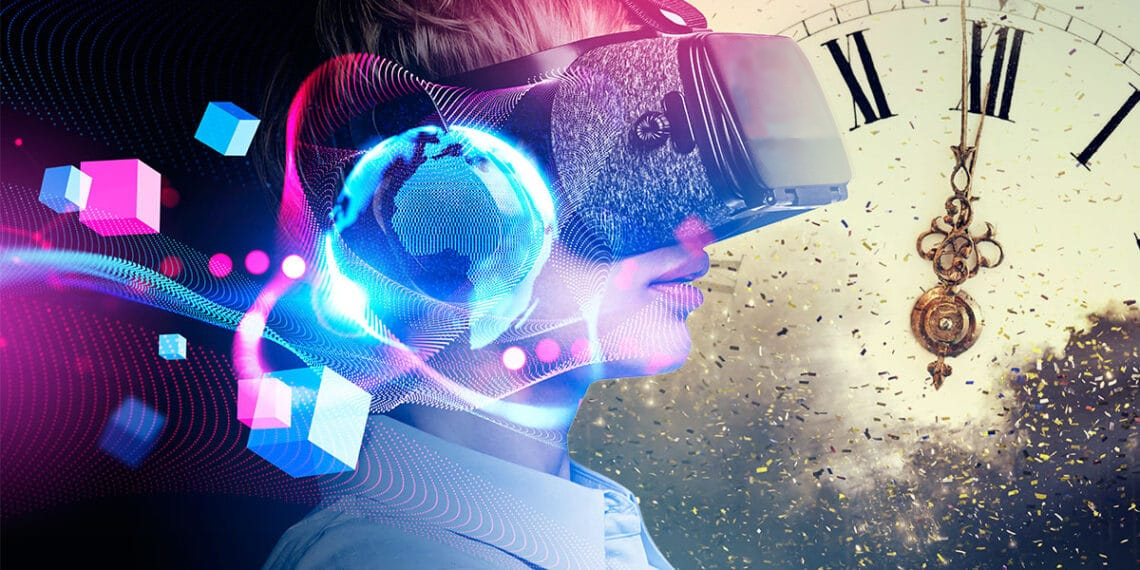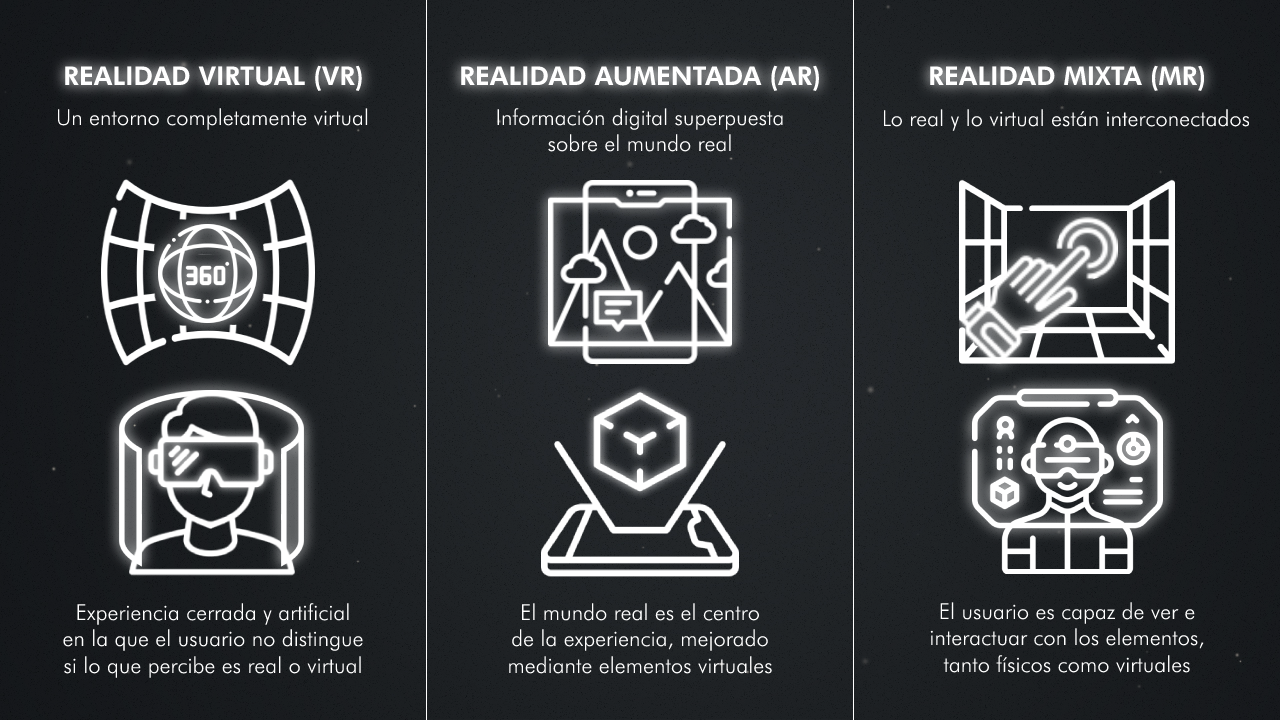If you feel that every time you read or hear something about the metaverse you are not able to decipher half of the message, don't worry! We know it happens to many people and it's because of the technical and technological vocabulary surrounding this new immersive experience.
And for this reason we have decided to write this article to clarify for you the 10 terms that we consider key to understand the Metaverse and the whole ecosystem that is being generated around it.
What are the key concepts to understand the Metaverse?
The virtual world is expanding the boundaries of the physical world. And the Metaverse boom has opened the sights of large corporations that now see in the virtual world a new opportunity for evolution in their business models.
The ground is constantly shifting under our feet and the foundations built by companies are starting to lose strength. At DeuSens we are convinced of this fact and that we are entering a new era that does not yet have clear rules but whose expectations for the future are extremely high.
The trends we are currently exploring will decide the development of new physical and digital realities and how we relate to them. For this reason, the technological innovations of the present are the pieces that will make up the future.
And this is the reason why we thought it was so important to contribute our knowledge, after 8 years of experience in the Extended Reality sector, through this small dictionary in which we explain the 10 key concepts to understand how the Metaverse works nowadays and the possibilities it will give us in the future.
1. Metaverse
The metaverse is an expansive network of interconnected virtual environments, which supports the persistence of identity, objects, data and rights; and which can be experienced synchronously by an unlimited number of users, each receiving an individual feel thanks to the immersive technology used in extended reality.
Users are represented by a 3D virtual avatar that they themselves can customize, always within the design parameters that exist in each of the virtual environments, since each of these environments has its main characteristic feature that defines the type of design that the avatar has in its own environment.


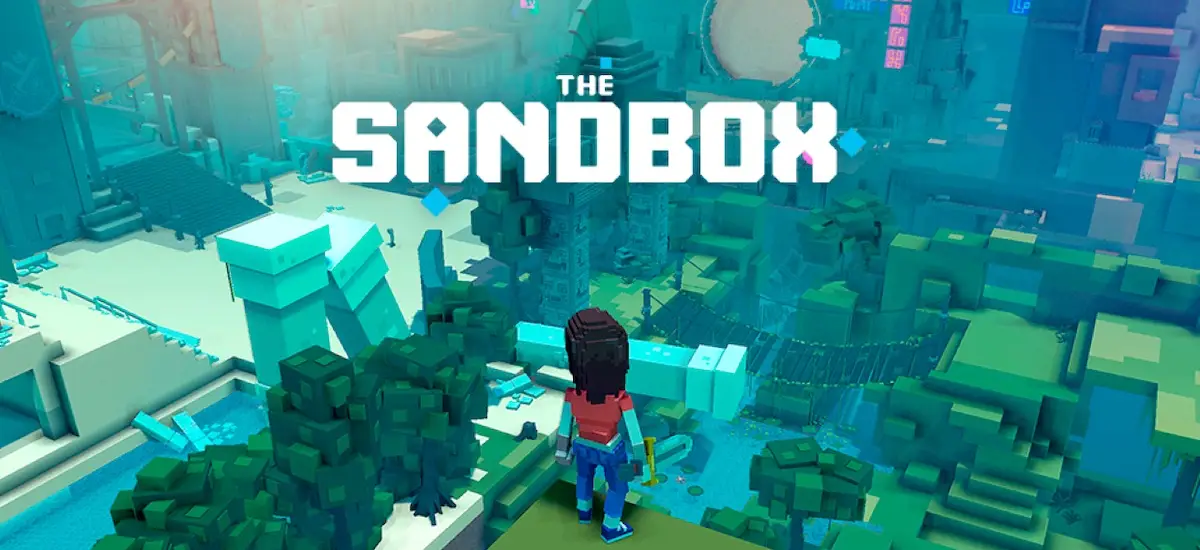
The metaverse currently does not exist. What we really see today are complex virtual environments, such as Decentraland, which we can consider protometaverses, precursors of what will be the Metaverse in the future.
This will be, in the following years, the next evolution of our digital presence, dominating the reflection that each individual we have in society.
What can companies do in the Metaverse?
2. Virtual Environment
Virtual environments as a definition are 3D spaces, created and constituted by digital technologies. These virtual environments are hosted on the network, so access can be done remotely from anywhere, which of course has an Internet connection.
Depending on their characteristics they allow various electronic devices, such as smartphones, computers, or even virtual reality glasses, to connect to them.
And their possibilities are quite diverse, as they can be used to socialize with other users, play games, create corporate experiences or set up your own business, among other things.

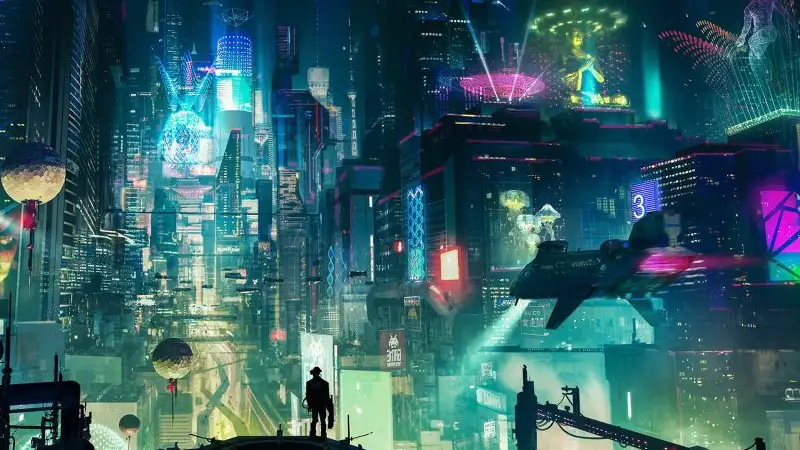
These virtual environments can be centralized if their control, ownership and direction belong to a single company or organization that will be in charge of all decisions, but they can also be decentralized, if their ownership, control and management belong, in a democratic way, to the community of users who have invested in developing such environment, the same that will vote in the decisions that will be made in the environment.
Discover more about the different Metaverse environments!
3. Extended Reality
The concept of Extended Reality is the term that encompasses all the so-called immersive technologies, referring to real or virtual elements, and human-machine interactions, thanks to advanced technology devices.
Next, we will talk about what are these technologies considered immersive.
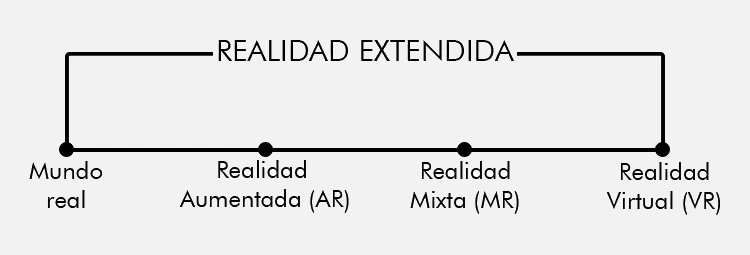
Virtual Reality:
Augmented Reality:
Mixed Reality:
This technology takes elements of AR and evolves them to allow virtual elements to be introduced into the user's physical reality in a much more realistic and integrated way, achieving greater immersion.
That is, Extended Reality or XR represents all environments, real and virtual, created using graphics engines. The importance of these technologies is evident due to the fact that they will be in charge of introducing users into the Metaverse and generating a more or less immersive perception.
Find out more about Extended Reality technologies!
4. Blockchain
Blockchain technology represents an immutable shared ledger whose purpose is to facilitate the process of recording transactions and asset tracking in a business network, the famous blockchain that decentralizes all management.
Basically, it allows to eliminate intermediaries (traditional banks), so users are in charge of the control and process of this technology, therefore they become participants and managers of the account ledgers.
With this technology it is possible to create Smart Contracts or Smart Contracts that define the set of transaction rules and conditions, these contracts are stored in the blockchain and can be automatically executed.
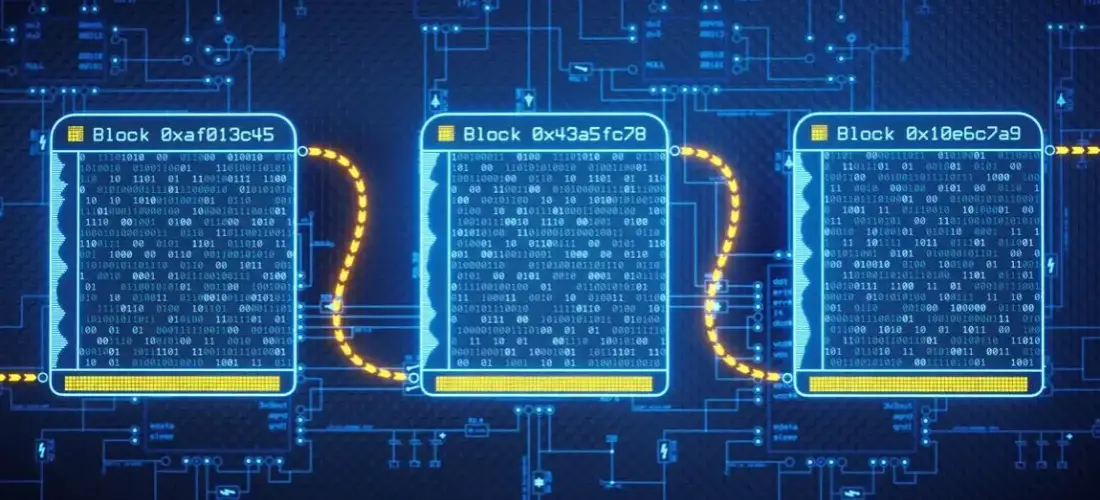

This technology is the backbone of the Metaverse as it not only involves faster, decentralized, secure and interoperable transactions; but also poses a paradigm shift in the digital economy: spending vs ownership.
5. Digital Twin
A Digital Twin or Digital Twin is a representation of the real world in digital format, therefore, it does not create reality, but copies or recreates it. Digital twins have been used for some time now in different activities, with very varied applications and purposes, for example, in Industry 4.0, in logistics processes or at trade fairs.
Many sectors are already using Digital Twin technology, especially in Industry 4.0. , and more specifically we see it in power generation equipment, structures and their systems, manufacturing operations, healthcare services, automotive industry or urban planning.
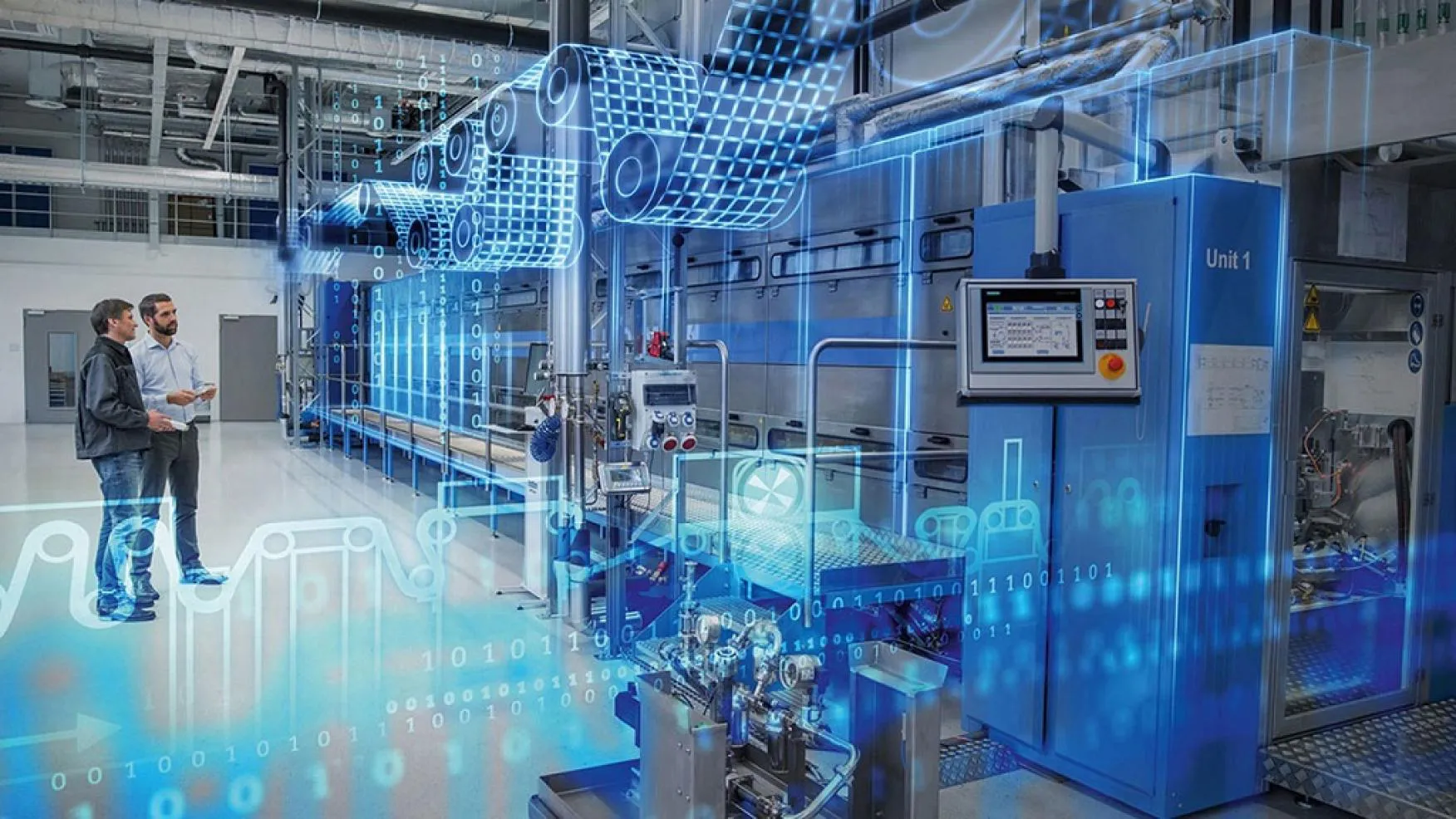
The purpose of these projects is to recreate or predict how a product or process will work, so that in the future failures in physical objects can be avoided and advanced analysis, prediction and monitoring functions can be performed.
If you are interested in learning more about this type of technology, we leave you the link to our portfolio to learn about one of our Mixed Reality projects in which we used a digital twin to optimize Acciona's maintenance process.
Example of the use of a Digital Twin for Acciona
6. Virtual Avatar
A Virtual Avatar represents the visual and digital manifestation of our own physical person in the virtual environments of the Metaverse. Therefore, it is the extension of the human person within the virtual world, i.e., the way in which other users see and recognize us.
The creation of virtual avatars is increasingly perfected and allows the creation of more realistic 3D avatars. Even so, there is still a big challenge to solve for the future of the Metaverse and that is to make these virtual avatars interoperable between the different virtual environments that we can enjoy.
Thanks to this users will be able to move their customized virtual avatars between the different environments of the Metaverse, without having to pay or design another one.
One of the sectors that is benefiting the most from the creation of virtual avatars, without a doubt, is the fashion industry. Companies such as Gucci, Zara, Ralph Lauren, Nike or Balenciaga, among others, are using this technology to present their products virtually and even generate business by marketing digital fashion in some of the most important virtual environments today.
At DeuSens, we are familiar with virtual avatar creation projects, and in 2021, before the Metaverse boom, we had already created virtual avatars, for example to present in an innovative way the first collection of the brand Ovver Studio. We leave you in the link to our portfolio in case you are interested in learning more about this project.
3D avatar creation for Ovver Studio
7. WEB 3.0
Web 3.0. represents the next evolution of the Internet in which it is intended to develop and implement a technological layer to enable decentralized data ownership and increased transaction security.
Through this technology it will be possible to build semantic and decentralized online services. By taking advantage of blockchain technology and P2P networks it will be possible to ensure greater privacy and security, providing a totally different and more transparent experience.
Among other objectives, it is intended to demolish the need to use human operators to evaluate and manage content on the Internet in order to have a more fluid and enriching navigation.
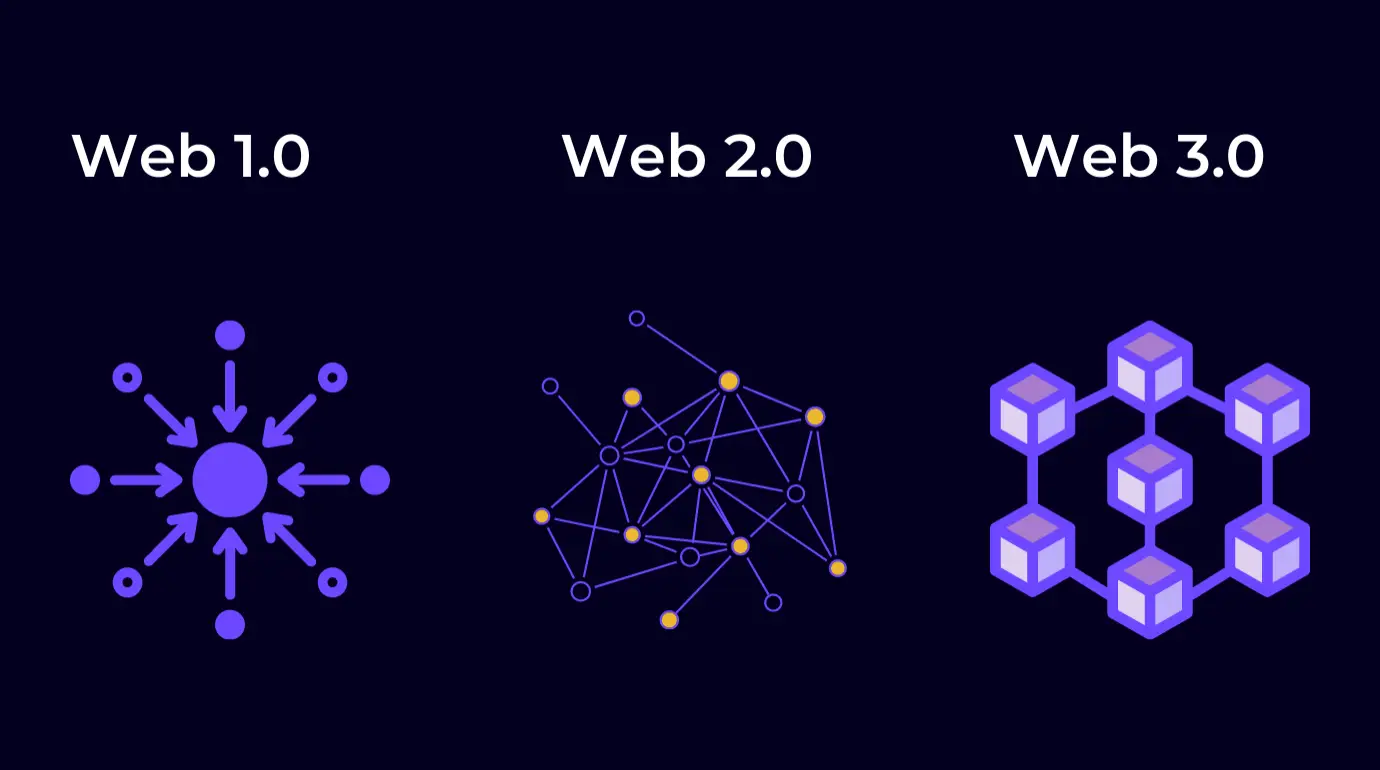
It is intended that, through other technologies such as AI (Artificial Intelligence), Machine Learning, or Big Data, the web evolves and becomes a more interactive entity that allows it to adapt to the needs and tastes of each user.
The web, as we know it, will be transformed into a large database in which each user will have their own profile, unique and completely based on their history, preferences and tastes.
Thus, if two different users were to perform the same search, the web would not return the same results. This is because the information that resides on the web will be understandable by the machines themselves, which will no longer limit themselves to just classifying and displaying the corresponding information, but will process it according to the user and thanks to this, smart searches will be achieved.
8. WEB 3D
The concept of Web 3D we can define it as the page that ceases to be flat, to become a three-dimensional space that brings dynamism and interactivity to the user experience, to this idea can be added the VRML technology that promised an Internet browsing in VR.

Are web 3.0. and 3D web the same thing? No. While, we have just exposed above, web 3.0. is one that implements blockchain protocols in its creation, the 3D web does not have to implement these protocols.
Are a 3D web and a metaverse virtual environment the same? Not always. Metaverse virtual environments allow communication and synchronization with other users in a collective session. Whilein a 3D web, sessions can be collective and individual.
9. TOKEN
A token is a digital representation of value that, issued by a private entity, grants you a right that functions as a means of transaction or exchange, over a unit of measurement or store of value, thanks to its flexibility and high integration in blockchain.
But what is the difference between a token and a cryptocurrency? The main difference between them is that cryptocurrencies have their own blockchain, and tokens work within the cryptocurrency blockchain.

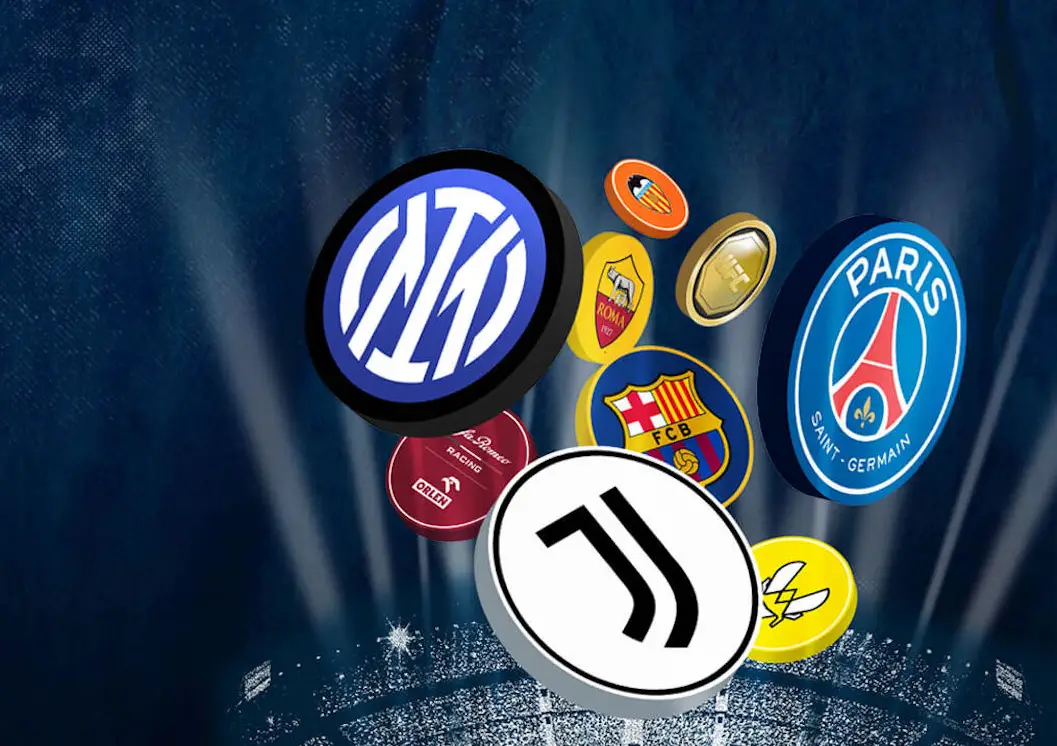
The tokens applied to the Metaverse are a unit of virtual currencies (cryptocurrencies) used to complete digital transactions within different virtual environments.
10. NFT
Consists of the acronym for Non Fungible Token or Non Fungible Token. NFTs are a type of cryptographic token that relies on blockchain technology to represent a unique digital asset.
These digital assets will be part of our life in the coming years, since thanks to the blockchain transactions of digital items use a completely secure system. The main difference between a fungible token and a non-fungible token is that non-fungible tokens are intended to be non-consumable over time.
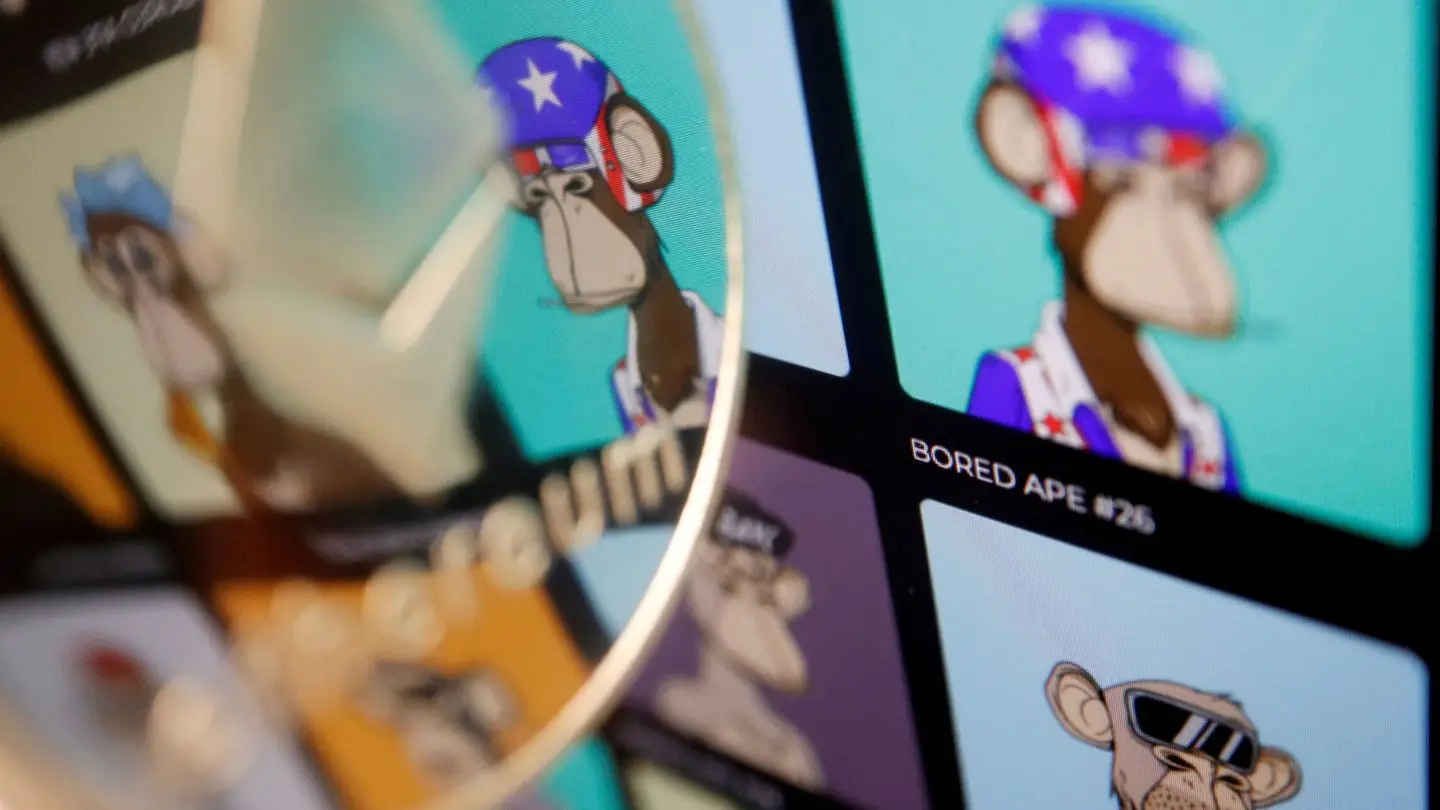
These assets can be fully digital or tokenized versions of real-world assets. The great peculiarity of these tokens lies in the fact that they incorporate an identifier, making each unit created unique.
The main value of NFTs is their immutability, uniqueness and permanence. In addition, their creation is done in scarce batches in a way that can be demonstrated, resistant to counterfeiting thanks to Smart Contracts and they have an intrinsic value.
Currently, the debate around their value is due to the fact that their main use is being the sale of crypto-art and land in decentralized virtual environments. However, it is very likely that in the future the majority of transactions that we carry out in our day-to-day lives will be carried out using NFTs due to the security provided by the use of blockchain technology.
SIMILAR CONTENT

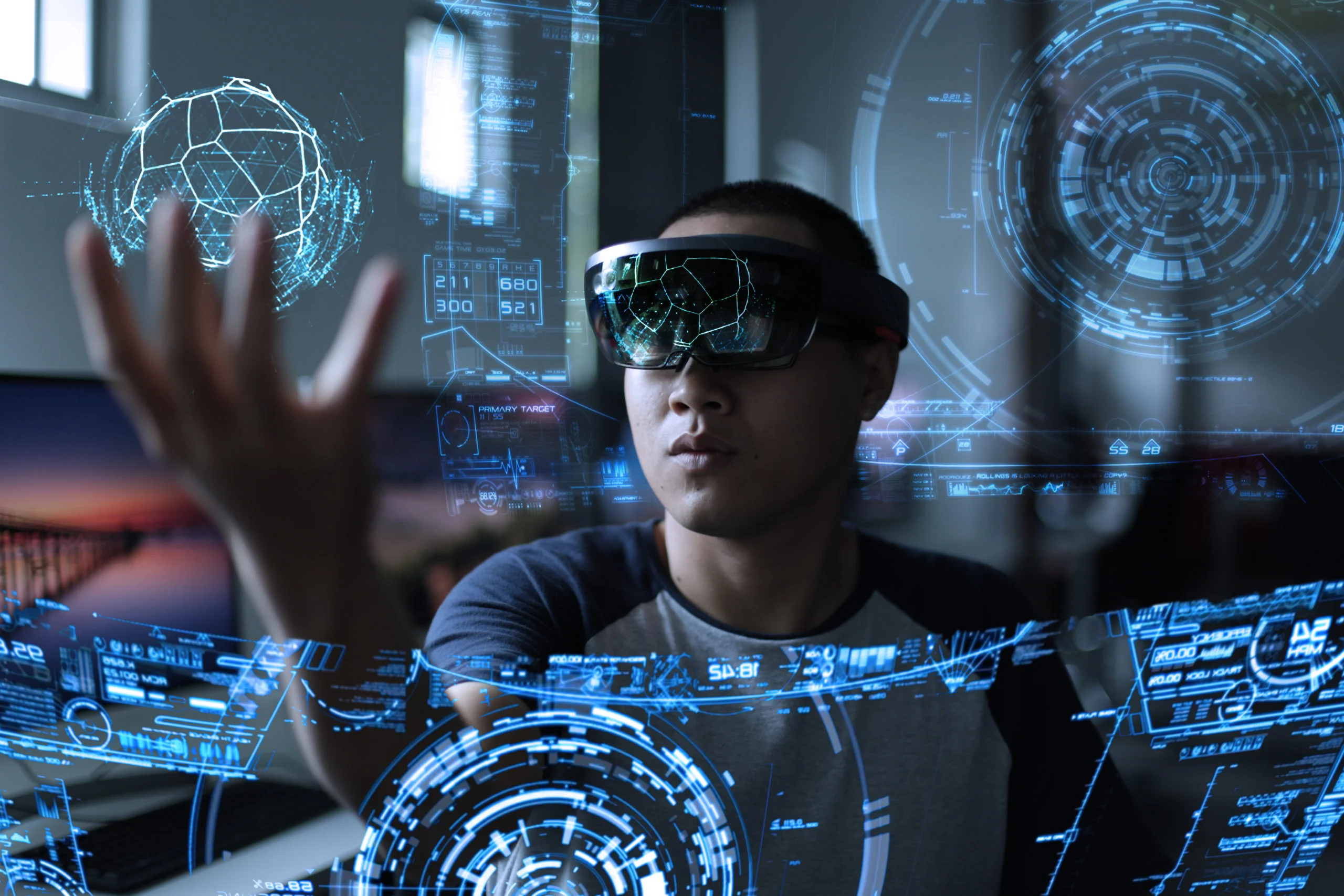
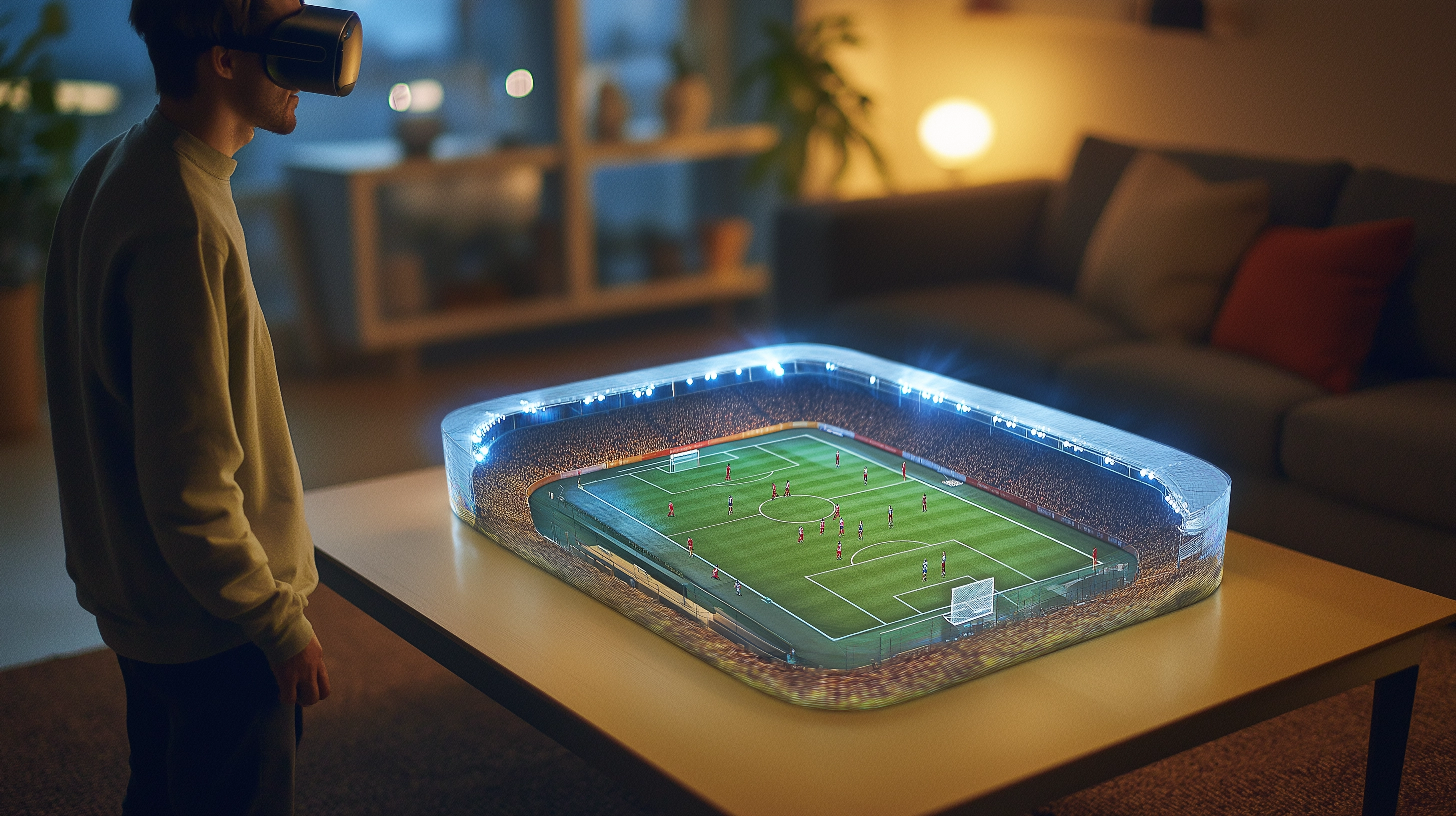









 RETURN
RETURN
